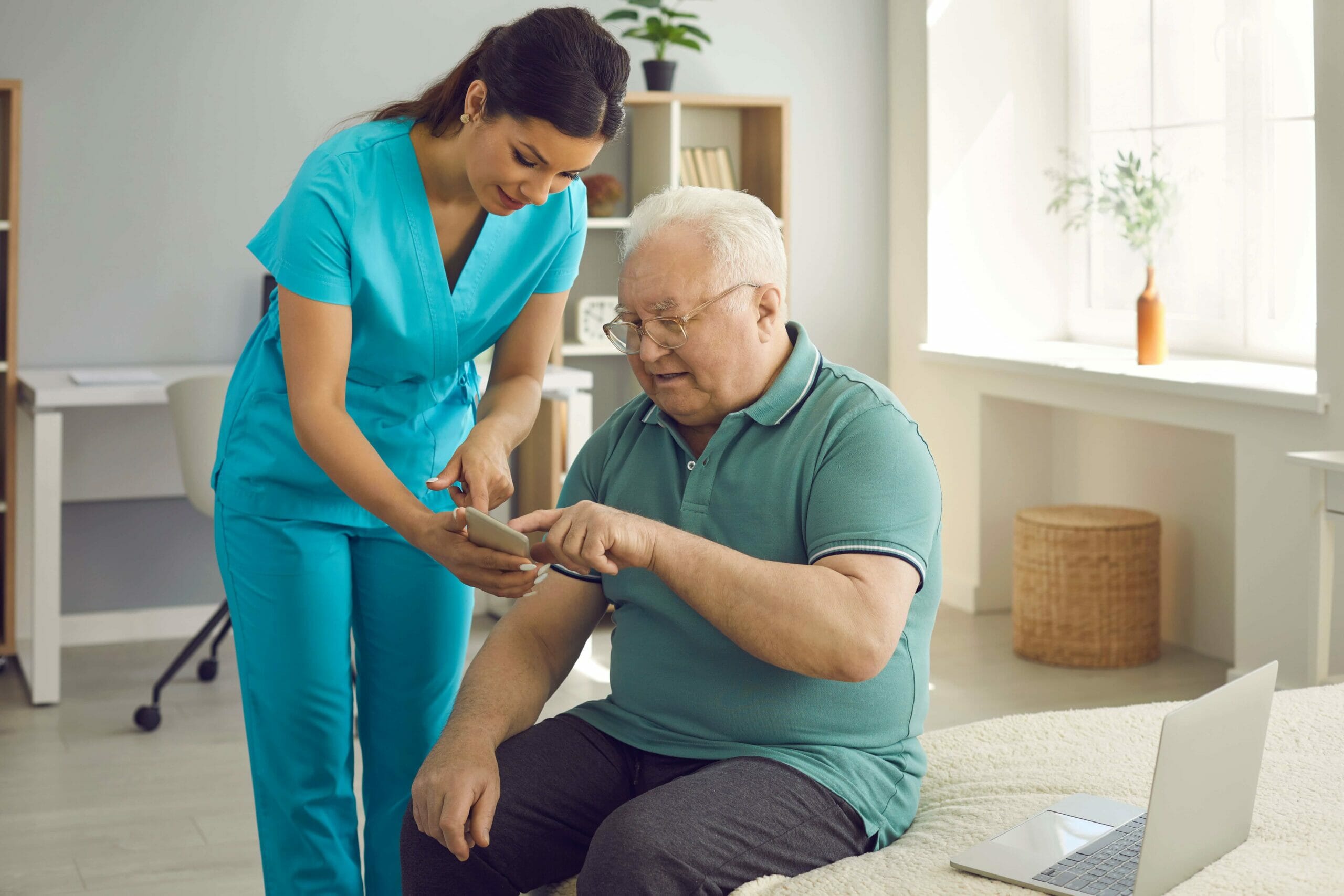Remote patient monitoring (RPM) has emerged as a game-changer in healthcare delivery, particularly during the COVID-19 pandemic. RPM is a technology-enabled approach to healthcare that allows healthcare professionals and RPM companies to monitor patients outside of the traditional clinical setting. With RPM, patients can receive care from the comfort of their homes while healthcare providers monitor their vital signs and symptoms.
Who Qualifies For Remote Patient Monitoring?
RPM is particularly beneficial for patients with chronic conditions such as heart disease, diabetes, obesity, chronic obstructive pulmonary disease (COPD), and hypertension. These patients require regular monitoring and follow-up visits to healthcare providers, which can be time-consuming, inconvenient, and expensive. With RPM, healthcare providers can monitor their patient's health status remotely, detect potential problems early, and intervene before they become severe.
But who benefits from remote patient monitoring? In this blog, we will discuss the criteria that healthcare providers use to determine which patients are suitable for RPM.
1. Individuals With Chronic conditions
Patients with chronic conditions are prime candidates for RPM. Chronic conditions are long-term health conditions that require ongoing medical attention and monitoring. Examples of chronic conditions that may qualify for RPM include:
Heart disease:
Patients with heart disease, including heart failure and arrhythmias, may benefit from RPM. Healthcare providers can monitor their patients' heart rates, blood pressure, and oxygen levels remotely to detect changes that could indicate a problem.
Diabetes:
Patients with diabetes require regular monitoring of their blood glucose levels. With RPM, RPM companies can monitor their patients' blood glucose levels remotely and adjust their treatment plans as necessary.
COPD:
Patients with COPD experience difficulty breathing due to damaged lungs. RPM can help healthcare providers monitor their patients' oxygen levels and breathing patterns remotely, allowing them to intervene before a severe exacerbation occurs.
Hypertension:
Patients with high blood pressure may benefit from RPM. Healthcare providers can monitor their patient's blood pressure remotely and adjust their treatment plans as necessary.
2. Post-surgical patients
Patients who have undergone surgery may require close monitoring during their recovery period. RPM can be beneficial for patients who have undergone complex procedures or who are at risk of post-surgical complications. For example, patients who have undergone cardiac surgery may require close monitoring of their heart function and oxygen levels. RPM can allow healthcare providers to monitor these patients remotely, reducing the need for in-person follow-up visits.
3. Geriatric patients
Geriatric patients, particularly those with multiple chronic conditions, may benefit from RPM. Geriatric patients are often more vulnerable to complications from chronic conditions, and they may have difficulty traveling to in-person appointments. RPM can allow healthcare providers to monitor geriatric patients remotely, reducing the need for in-person follow-up visits.
4. Patients in rural or remote areas
Many patients who live in rural or remote areas have difficulty accessing healthcare services. RPM programs can help these individuals receive care from the comfort of their homes. RPM programs can also help healthcare providers monitor patients' vital signs and symptoms remotely, reducing the need for travel and in-person visits.
Additionally, RPM can help:
- Reduce costs:
RPM can reduce the cost of healthcare by preventing hospital readmissions, emergency room visits, and unnecessary appointments. Patients can also save money by avoiding travel expenses associated with in-person visits.
- Increase patient satisfaction:
RPM can provide patients with more control over their healthcare, as they can monitor their own health and receive timely interventions when necessary. This can lead to greater satisfaction with healthcare services and improved health outcomes.
- Enhance communication:
RPM allows patients to share data and receive feedback from healthcare providers remotely, leading to more personalized care and better outcomes.
5. Patients with limited mobility
Patients with limited mobility, such as those with disabilities, may benefit from RPM. These patients may have difficulty traveling to in-person appointments, and RPM can allow healthcare providers to monitor their health status remotely. RPM can also benefit patients living in long-term care facilities, allowing healthcare providers to monitor their health status with no in-person visits.
Consider Smart Meter
Remote patient monitoring is a valuable tool that can benefit many patients. Patients with chronic conditions, post-surgical patients, geriatric patients, patients in rural or remote areas, and patients with limited mobility are all potential candidates for RPM. By using RPM, healthcare providers can monitor patients' vital signs and symptoms remotely, reducing the need for in-person visits and hospital readmissions.
RPM can also provide patients greater convenience, flexibility, and access to care, as they can receive timely and personalized care from the comfort of their own homes. Our RPM devices help reduce healthcare costs and improve patient outcomes, enhancing the overall quality of care.
If you’re an RPM company, contact us today to learn more.




